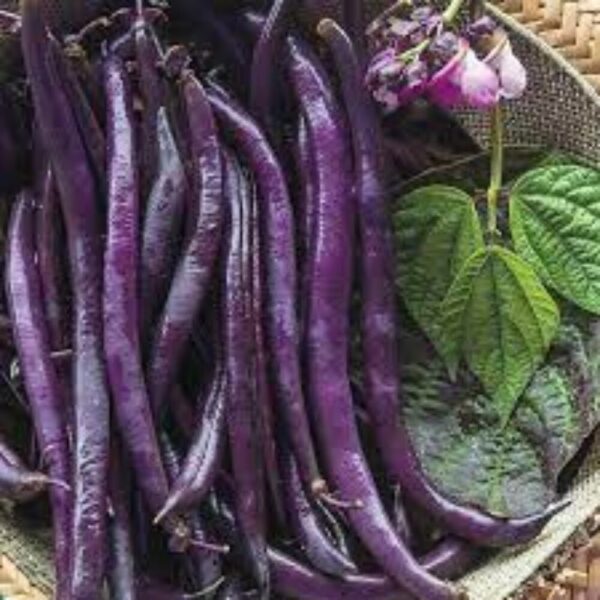Growing purslane (Portulaca oleracea) organically from Purslane Paruppu Keerai seeds is relatively easy, as this hardy plant is well-suited to low-maintenance, organic gardening practices. Here’s a step-by-step guide to help you grow purslane successfully:
1. Choose the Right Location
- Sunlight: Purslane thrives in full sun. Select a location that gets at least 6-8 hours of direct sunlight daily.
- Soil: Purslane grows best in well-drained, sandy or loamy soil. It is tolerant of poor soil conditions, but for optimal growth, ensure the soil is slightly acidic to neutral (pH 5.5 to 7.0).
- Space: Purslane is a spreading ground cover, so make sure to leave enough space for it to spread out. Aim for spacing of about 12 inches between plants.
2. Prepare the Soil
- Clear the area: Remove weeds, rocks, and debris from the planting area.
- Amend the soil (optional): If your soil is particularly heavy or compacted, consider adding organic matter like compost or well-rotted manure to improve drainage. Purslane can grow in poor soil, but adding organic matter will enhance its growth and yield.
- Tilling: Lightly till the soil to break up clumps and create a loose seedbed, but avoid over-tilling as purslane has shallow roots.
3. Planting the Seeds
- Sowing Purslane Paruppu Keerai seeds: Purslane seeds are tiny, so they need to be sown shallowly. Sprinkle the Purslane Paruppu Keerai seeds evenly over the soil and press them down lightly, or cover them with a thin layer of soil (around 1/8 inch).
- Watering: Water gently after sowing to settle the seeds into the soil. Keep the soil lightly moist, but not soggy, until the Purslane Paruppu Keerai seeds germinate.
- Optimal temperature: Purslane prefers warm weather and germinates best in temperatures between 75°F and 85°F (24°C to 29°C). If planting in spring, wait until the last frost has passed and the soil has warmed up.
4. Watering and Care
- Watering: While purslane is drought-tolerant once established, it needs consistent moisture during germination and early growth. Water the plants regularly, especially during dry spells, but avoid over-watering, as this can lead to root rot.
- Mulching: Applying a light layer of organic mulch can help conserve moisture, suppress weeds, and keep the soil temperature steady.
- Weeding: Keep the planting area weed-free, especially in the early stages of growth. Once established, purslane will help suppress weeds by spreading out and shading the soil.
5. Fertilizing
- Organic fertilizers: Purslane doesn’t require heavy feeding, but you can supplement with organic compost or an all-purpose organic fertilizer if the soil is lacking in nutrients. Fertilize lightly every 4-6 weeks during the growing season.
- Avoid excess nitrogen: High nitrogen fertilizers can cause excessive leafy growth at the expense of the succulent stems and leaves that are the edible part of purslane.
6. Thinning and Harvesting
- Thinning: Once your purslane seedlings have developed a couple of sets of true leaves, thin them out to about 6-12 inches apart to allow for proper air circulation and space for growth.
- Harvesting: Purslane is ready to harvest about 4-6 weeks after planting, when it has established a good amount of leafy growth. Pick the tender young leaves and stems for culinary use. The plant will continue to grow and produce new shoots, so harvesting regularly encourages new growth.
- Cutting back: If you want to encourage bushier growth, you can cut back the stems occasionally to prevent them from getting too leggy.
7. Pests and Disease Management
- Pests: Purslane is relatively pest-resistant, but occasionally aphids or slugs might be a problem. Hand-pick pests or use organic pest control methods like neem oil or insecticidal soap if needed.
- Diseases: Purslane is generally resistant to most diseases, but keep an eye out for fungal issues, particularly if the soil remains too wet. Ensure proper spacing between plants and avoid over-watering.
8. Saving Purslane Paruppu Keerai seeds for Next Season
- Seed collection: Purslane readily reseeds itself. However, if you want to save seeds, allow some plants to mature and produce small, dry seed capsules. Once they’ve turned brown, harvest them and store in a cool, dry place for next year’s planting.
Tips for Success:
- Succulent Growth: Purslane is a succulent, and its fleshy leaves and stems store water. If you’re in a dry area, this plant is great for xeriscaping and low-water gardens.
- Companion Planting: Purslane can be a good companion plant in the garden because it attracts beneficial insects and provides ground cover that can reduce weed pressure.
By following these organic methods, you’ll be able to grow purslane successfully and enjoy its nutritious, peppery leaves in a variety of dishes!
| Weight | 20 g |
|---|---|
| Dimensions | 11 × 8.5 × 11 cm |







Reviews
There are no reviews yet.